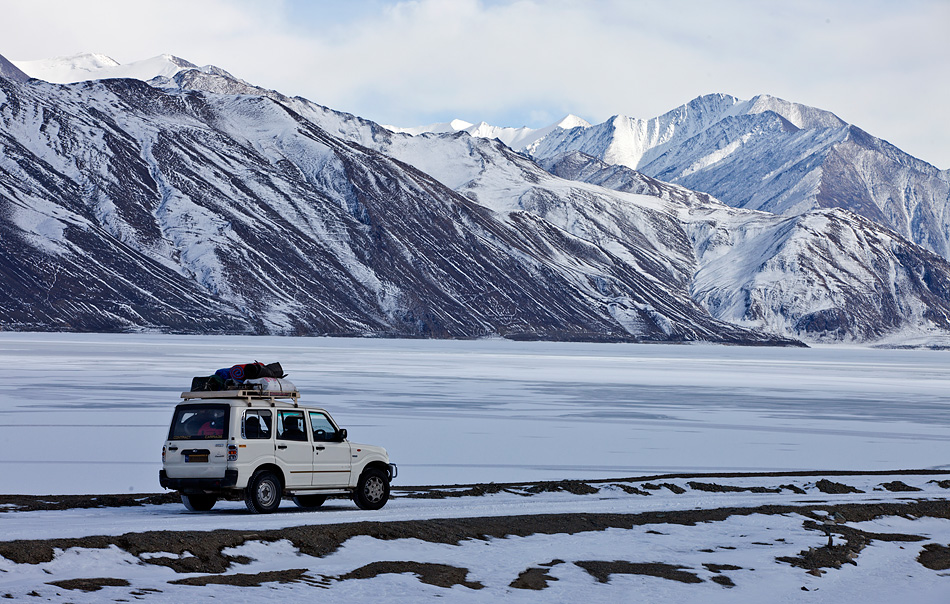
Cooling with air conditioners can cost thousands per year while adding few tons of carbon dioxide to an already intoxicated planet. By following few green tips, you can cool off, save money, and make a sizable dent in your carbon footprint. If we can reduce carbon emissions from homes by just 5%, it is like taking 75% of the cars off the road,” says Sukant Bishoyi, Marketing Director for Green Home Solution, a home uPVC doors and windows supplier in Hyderabad, India.
Cooling steps can be as drastic as installing insulation in your house or as little as changing some of your daily habits. “We always encourage people to go for the low-tech solutions first because you can do those starting tomorrow,” says Dipak Patel, Managing Director of Green Home Solution.
“Use windows and window coverings to your advantage. If you are not home during the day, close all windows, curtains, and blinds to keep your house cool for as long as possible. If you are home and do not want all the windows covered, cover them as needed. Note that south-facing windows get a lot of sun, an east-facing window get sun in the morning and west-facing ones get hot with stronger sun in afternoon and evening. Dark-colored curtains, roman shades, and even dime-store roller shades can be very effective. “Roller shades can block up to 70% of solar heat,” Mr. Patel says. “If the air cools down enough in the evening, open the windows to promote as much air circulation as possible,” he adds.
When it cools down outside, we can place inexpensive portable fans in front of open windows to bring the cool air inside. Fans also circulate cool air from outside through the house. It is good to use ceiling or room fans even if you have an air conditioner. Keep your refrigerator well stocked or full of food which will not warm up as quickly when the door is opened, so it require less energy to stay cool.
Shading from the inside with curtains and blinds is a good first step, but shading from the outside can be even better. An expensive way to do this is by installing awnings. Other more costly exterior shade options include woven mesh solar screens that hang outside, solar control windows, and reflective film on windows. Window film, which is actually a microscopic layer of metal that repels solar radiation, can block anywhere from 45% to 75% of solar heat.
Before it gets too hot this summer, plant a few trees. They do not just provide shade, via a process called evapotranspiration, they also cool and moisten the air. Trees also add to beauty of your house, boost property values, and provide rope swings – a great place to cool off on a summer evening.
“The building envelope is a key part of how a building will perform in relation to energy efficiency. When a building envelope has windows and doors, there are holes in that envelope that could compromise the energy efficiency. That is why window and door choices are critical, because high quality and energy efficient windows and doors improve your home’s energy efficiency and save you money, protect your home and keep you comfortable year round.” says Dipak Patel, Managing Director of Green Home Solution.
————-
About: Green Home Solution supplies PVC window & door technologies in India, part of a large international group of companies that manufacture a wide range of uPVC profiles for windows and doors. Markets include architectural, industrial and domestic products that accommodate both style and functionality.
